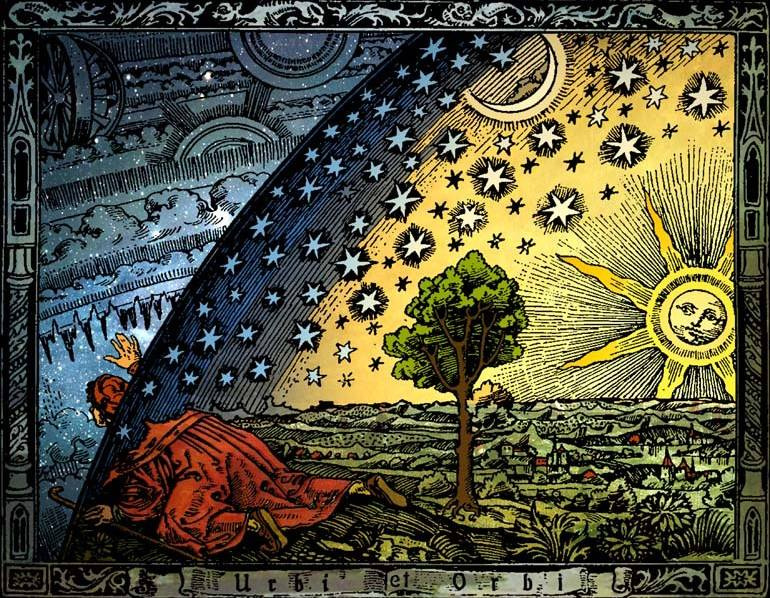Benvenuti in un viaggio attraverso l’Inghilterra del XIX secolo, un secolo di profonde trasformazioni che hanno plasmato il mondo moderno. Quest’epoca, contrassegnata dall’ascesa dell’era industriale, intense riforme sociali e politiche e l’espansione di un impero globale, è stata un periodo di affascinanti contrasti: innovazione e tradizione, opulenza e povertà, espansione e introspezione. Come guide del passato, esploreremo città vivaci, incontreremo figure storiche che hanno lasciato un segno indelebile e scopriremo come la vita e la cultura di questo periodo hanno influenzato l’Inghilterra che conosciamo oggi. Preparatevi ad immergervi nelle atmosfere vittoriane, tra le nebbie di Londra e l’energia delle fabbriche, per un’avventura nel tempo che rivela come il XIX secolo abbia gettato le basi per l’era contemporanea.
Continuando il nostro viaggio attraverso l’Inghilterra del XIX secolo, ci addentriamo nel cuore dell’alba dell’era industriale. Questo periodo rappresenta un punto di svolta cruciale non solo per l’Inghilterra, ma per tutta l’umanità, segnando l’inizio di un cambiamento radicale nel modo di vivere, lavorare e percepire il mondo circostante.
L’alba dell’era industriale Nel cuore dell’Inghilterra, l’aria è piena del rombo dei motori a vapore e del continuo tintinnio delle fabbriche. Questo è il suono della Rivoluzione Industriale, l’inizio di una nuova era che ha visto la transizione da una società agricola e artigianale a una dominata dalla produzione industriale di massa. Le innovazioni tecnologiche, come il motore a vapore di James Watt e il telaio meccanico, hanno trasformato radicalmente il paesaggio inglese e la vita della sua gente.
Manchester: La Fabbrica del Mondo Viaggiando verso Manchester, soprannominata “Cottonopolis”, entriamo nella città che simboleggia l’epicentro della rivoluzione industriale. Le sue fabbriche di cotone, alimentate dalla forza dei fiumi locali e dall’ingegno ingegneristico, non solo hanno reso Manchester il centro mondiale della produzione tessile, ma hanno anche attratto una vasta e diversificata forza lavoro, dando vita a una vibrante classe lavoratrice.
Birmingham: La Città dei Mille Mestieri Continuando il nostro viaggio, raggiungiamo Birmingham, un crogiolo di innovazione tecnica e ingegneristica. Conosciuta come “la città dei mille mestieri”, Birmingham prospera grazie alla diversificazione della sua produzione industriale, dalla metallurgia alla gioielleria, diventando un modello per la trasformazione industriale che si sarebbe diffusa in tutto il mondo.
Il Prezzo del Progresso Tuttavia, questo straordinario progresso industriale non è stato privo di costi. Le città industriali, con le loro fabbriche fumanti e le strade affollate, erano spesso luoghi di estrema povertà e difficili condizioni di vita. I lavoratori, comprese le donne e i bambini, affrontavano lunghe ore di lavoro in ambienti pericolosi per salari minimi. La qualità dell’aria nelle città industriali era così scarsa che oscurava il cielo di giorno e causava malattie respiratorie.
Innovazione e Resistenza Nonostante le sfide, lo spirito umano ha mostrato una notevole capacità di innovazione e resilienza. Le stesse città che erano segnate dall’ineguaglianza e dalla lotta di classe sono diventate anche luoghi di significativi progressi sociali e tecnologici. Dall’introduzione delle prime ferrovie, che collegavano le città e riducevano drasticamente i tempi di viaggio, alla nascita dei sindacati che lottavano per i diritti dei lavoratori, l’Inghilterra del XIX secolo era un luogo di fervente attivismo e cambiamento.
La Rivoluzione Industriale ha gettato le basi per i cambiamenti che avrebbero plasmato l’era vittoriana, un’epoca caratterizzata da un profondo senso di dovere, rigor morale e un’inestinguibile spinta verso il progresso. Mentre continuiamo il nostro viaggio, ci immergeremo nella vita durante l’era vittoriana, scoprendo come la regina Vittoria e il suo lungo regno hanno influenzato la società, la cultura e l’identità inglese.
Mentre lasciamo alle spalle le città fumose dell’alba industriale, il nostro viaggio attraverso l’Inghilterra del XIX secolo ci porta nell’era vittoriana, un’epoca definita dal regno della regina Vittoria, salita al trono nel 1837 e regnata fino alla sua morte nel 1901. Questo lungo periodo è stato contrassegnato da profonde trasformazioni sociali, culturali e tecnologiche che hanno avuto un impatto duraturo sull’Inghilterra e sull’intero impero britannico.
La Vita durante l’Era Vittoriana L’era vittoriana è stata un’epoca di sorprendenti contrasti, dove norme sociali rigide e un profondo senso di moralità coesistevano con innovazione e progresso. La regina Vittoria, con il suo lungo regno, non è diventata solo una sovrana ma il simbolo di un’intera era, incarnando i valori di onore, dovere e rispettabilità che hanno definito la società vittoriana.
Regina Vittoria: Il Simbolo di un’Era La regina Vittoria, con il suo forte senso di dovere e dedizione alla famiglia, ha avuto un’influenza significativa sulla società inglese. Il suo matrimonio con il principe Alberto e la loro numerosa prole sono stati celebrati come un ideale domestico, promuovendo valori di amore coniugale e responsabilità genitoriale. Il lutto prolungato della regina per la morte del principe Alberto ha ulteriormente cementato il valore vittoriano del decoro e della devozione familiare.
Cultura e Società: Un’Era di Contrasti Mentre rigide norme morali e sociali definivano la vita pubblica, l’era vittoriana è stata anche un periodo di straordinaria effervescenza culturale e artistica. La letteratura fiorì, con autori come Charles Dickens, Charlotte Brontë e Thomas Hardy che esploravano le complessità della società vittoriana e della condizione umana. L’architettura gotica fu rivitalizzata, i musei e le gallerie d’arte si moltiplicarono, rendendo la cultura accessibile come mai prima d’ora.
La società vittoriana fu anche profondamente segnata dalle disparità di classe e dal dibattito sulla questione sociale. Mentre una borghesia in crescita godeva dei frutti del progresso industriale, vaste porzioni della popolazione vivevano in estrema povertà. Questa divisione alimentava tensioni sociali ma stimolava anche significative riforme volte a migliorare la vita dei lavoratori e dei meno fortunati.
Riforme Sociali e Politiche Il senso di responsabilità sociale che caratterizzava l’era vittoriana portò a significative riforme sociali e politiche, volte a affrontare le ingiustizie evidenziate dalla rivoluzione industriale e dall’espansione urbana. Leggi sul lavoro minorile, sulle condizioni di lavoro nelle fabbriche e sulla sicurezza pubblica iniziarono a gettare le basi per uno stato sociale moderno.
Il diritto di voto fu gradualmente esteso, ampliando la partecipazione politica al di là delle élite terriere e borghesi, anche se il suffragio universale maschile e femminile rimase un risultato del XX secolo. Queste riforme posero le basi per un’Inghilterra più giusta ed equa, evidenziando il crescente riconoscimento dell’importanza dei diritti civili e del benessere collettivo.
L’era vittoriana, con la sua complessa trama di innovazione e tradizione, progresso e disuguaglianza, ha lasciato un’eredità duratura sull’Inghilterra e sull’intero mondo. Mentre continuiamo il nostro viaggio attraverso l’Inghilterra del XIX secolo, ci avventureremo al di là dei confini nazionali, esplorando l’espansione coloniale dell’Impero britannico e il suo impatto globale. Questo ci porterà ad affrontare le contraddizioni di un impero che ha portato sia il faro del progresso che le ombre dell’oppressione, plasmando il mondo in modi che ancora risuonano oggi.
Ig – @fairness_mag


